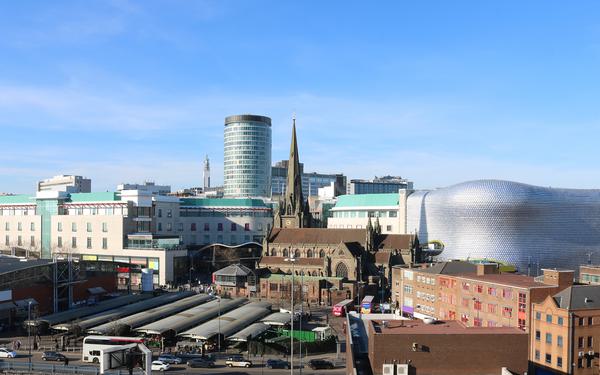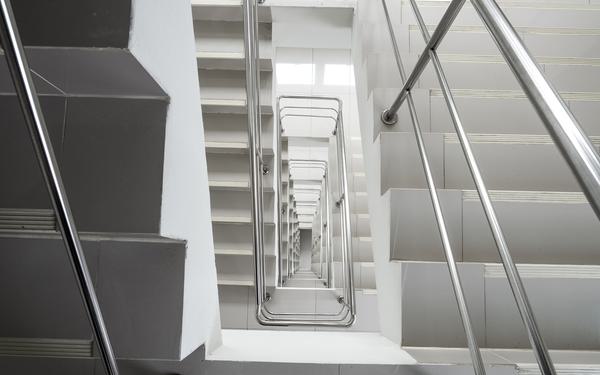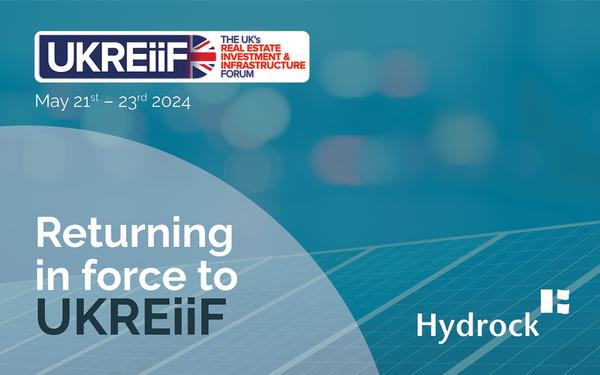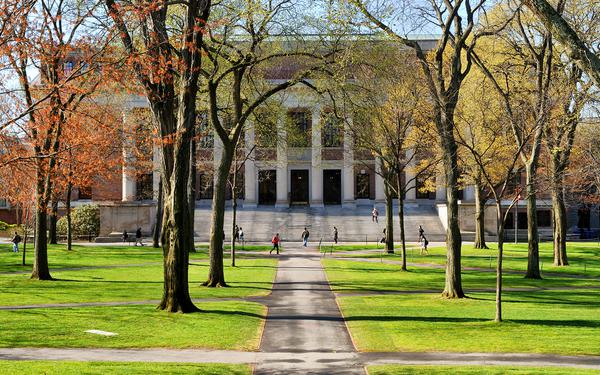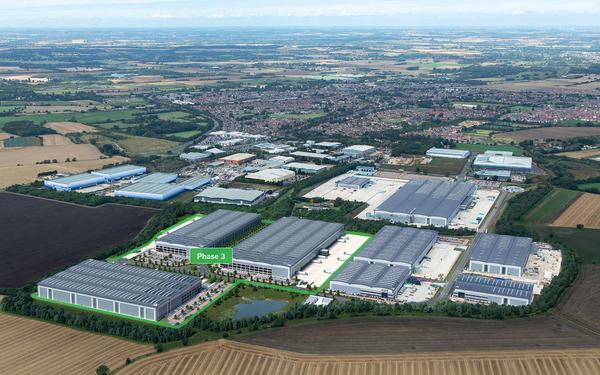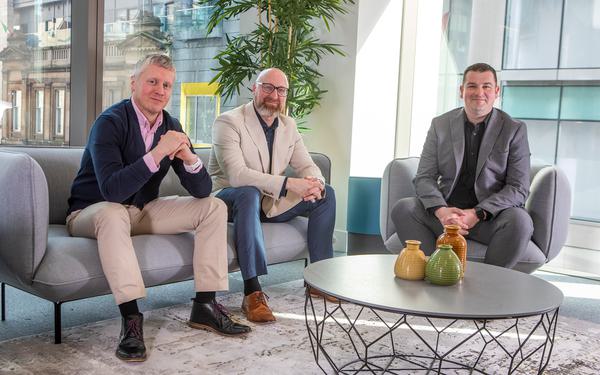Data Centres
Users and businesses expect information at lightning speed, without compromise. As the world’s digital infrastructure scales at unprecedented pace, there’s an opportunity for these assets to be energy resilient, efficient and sustainable. This is next generation data centre design.

In a world focused on growth and automation, data centres are at the heart of how we manage, process and store our data. This creates enormous power demand. But alongside the need for uninterruptable power, data centres require highly secure spaces and must be maintained at all costs. As demand outstrips supply, the spotlight is on the industry to be accountable, transparent and innovate for the benefit of the planet.
Let’s consider a world where we capture and recycle waste heat from our energy intensive buildings. Good news —we don’t have to just imagine it. Whilst many data centres already operate on renewable energy, they continue to produce a significant amount of heat. By considering data centres as a ‘thermal battery’ and using recovered waste heat, they represent a heat source and a valuable enabler for low carbon energy networks.
In the early conceptual stages of design, the key is to factor-in the technology to capture waste heat and re-use it effectively and efficiently. The technology and the processes exist and the opportunity to create value is real.
Designing low carbon data centres
Our team explain how waste heat can be captured and re-used effectively and efficiently making zero carbon data centres a reality.
Cloud and streaming services have become our norm, creating self-reporting real-time big data that shapes our lives
The Rise of the Edge Data Centre
Read more

What’s next for data centres?
Taking data centres to the edge
There’s no doubt that ‘edge data centres’ are on the increase, reflecting the dramatic shift in recent years to hybrid working and our ever-growing reliance on the Internet of Things (IoT). By moving closer to where people live, edge data centres can keep up with consumer demands in a more agile fashion and help improve energy resilience.
Made possible by the decreasing size of servers, data centres now fit into smaller spaces. Add into the mix post-pandemic under occupied commercial real estate and we’ve an environment where investors and developers are spoilt for choice, opening the door to edge data centres in every town centre.
Data centres as a thermal battery
National Grid connections points are a must have. After all, who wants to endure buffering whilst watching the latest Netflix release?
The phenomenal amount of processing and storage that data centres need underlines the importance of reliable, secure and uninterruptable large electrical supplies. We suggest there’s an opportunity for data centres to act as a thermal battery, with battery storage co-located on site and used in place of traditional standby generation.
Capturing and storing energy on-site also opens up an attractive revenue stream for investors and data centre operators.
Don’t forget to plan for electrical demand
The natural evolution of data centres is seeing a trend towards increased server densities and rack cooling loads in excess of 50Kw. As a result, electrical demands on data centre sites are increasing considerably, with capacities now in excess of 100MW, and the knock-on effect is that grid connection points and associated infrastructure need to be carefully considered and planned years in advance.
Digital twin meets data centres
With demand for data centres outstripping supply, the industry is likely to seek ways to speed up the process of building large centres. One way is to employ a digital twin.
Data-driven modelling software acts as a virtual environment by effectively digitising the construction phase with the capability of running any number of simulations in order to test potential scenarios such as changes in electrical and heating demands. It has the added benefit of allowing the project partners to choose or substitute components and subsystems based on their environmental impact, or energy efficiency, providing the opportunity to measure the effects on technical performance, pricing or scheduling and therefore avoiding any potential pitfalls prior to construction.
Environmental, social and governance factors
Investors are increasingly shaping their funding decisions on the ESG credentials of both the tenant and the overall sustainability credentials of the scheme. Understanding whole lifecycle carbon emissions and the decisions made, both in terms of the choice of construction and operation, are pivotal to creating a successful asset.
Here’s where the digital twin also comes back into the equation, allowing different scenarios to be tested, bolstering decisions to create a more energy efficient data centre.
Energy positive developments webinar
Imagine a future where we capture and recycle waste heat into a heat network from our energy intensive buildings.
Our track record
Park Royal, London/Site Capacity: 48MW
Outline design/Indirect Adiabatic Cooling/MEP & Utility Engineering
Iver, Buckinghamshire/ Site Capacity: 84MW
Outline design, planning submission report/Indirect Adiabatic Cooling/MEP, Utility Engineering & Sustainability
Croydon, London/Site Capacity: 150MW
Site feasibility study/Indirect Adiabatic Cooling/MEP & Utility Engineering
Croydon, London/Site Capacity: 100MW
Site feasibility study/Indirect Adiabatic Cooling/MEP & Utility Engineering
Iver, Buckinghamshire/ Site Capacity: 100MW
Site feasibility study /Indirect Adiabatic Cooling/MEP & Utility Engineering
Farnborough, Hampshire/ Site Capacity: 52MW
Site feasibility study /Indirect Adiabatic Cooling/MEP & Utility Engineering
Iver, Buckinghamshire/ Site Capacity: 27MW
Site feasibility study /Indirect Adiabatic Cooling/MEP & Utility Engineering
Windsor, Berkshire/ Site Capacity: 115MW
Site feasibility study /Indirect Adiabatic Cooling/MEP & Utility Engineering
Hemel Hempstead, Hertforshire/ Site Capacity: 50MW
Site feasibility study / Utility Engineering
Paris, France / Site capacity 40MW
Detailed design / Multi-disciplinary design/ Contractor side role
Surrey/ Site capacity 32MW
RIBA Stage 2 - 3 / Multi-disciplinary design
Park Royal, London / Site capacity 72MW
RIBA Stages 4B-5, MEP/Detailed Design for main contractor
Park Royal, London/Site Capacity: 50MW
Outline design/Planning Permission Support/ Utility Engineering, Structural Engineering, Transport Assessment/Framework Travel Plan/Outline Delivery and Logistics Plan/Outline Construction/ Logistics Plan/Air Quality Assessment/Noise Assessment/Daylight and Sunlight Assessment/ Archaeological Assessment/Built Heritage Statement/Fire Safety Statement/Outline Site Waste Management Plan/Lighting Strategy
Farnborough, Hampshire
Site investigation/Detailed Geotechnical Designs/Structural and Civil Engineering Designs incorporated a dynamic compaction approach to ground conditions allowing construction of a simple ground bearing foundation slab, providing significant cost savings with 6 data halls, each cooled by 1MW indirect air-cooling (IDAO) systems
Newport, Wales/Site Capacity: 40MW
Civil Engineering/Structural Engineering/Fire Safety Engineering/Acoustics Services. Housing ten data halls, the new £80m data centre will house ten data halls with a total capacity of 40MW, doubling the current capacity of the campus. The massive 25,500m² building will include the data halls, offices and backup generators, while the site-wide infrastructure design will include significant rainwater harvesting tanks and a 15m deep caisson, all designed to SuDS regulations in Wales.








